Difference Between UNS S32750 and S32760 Stainless Steel Pipe
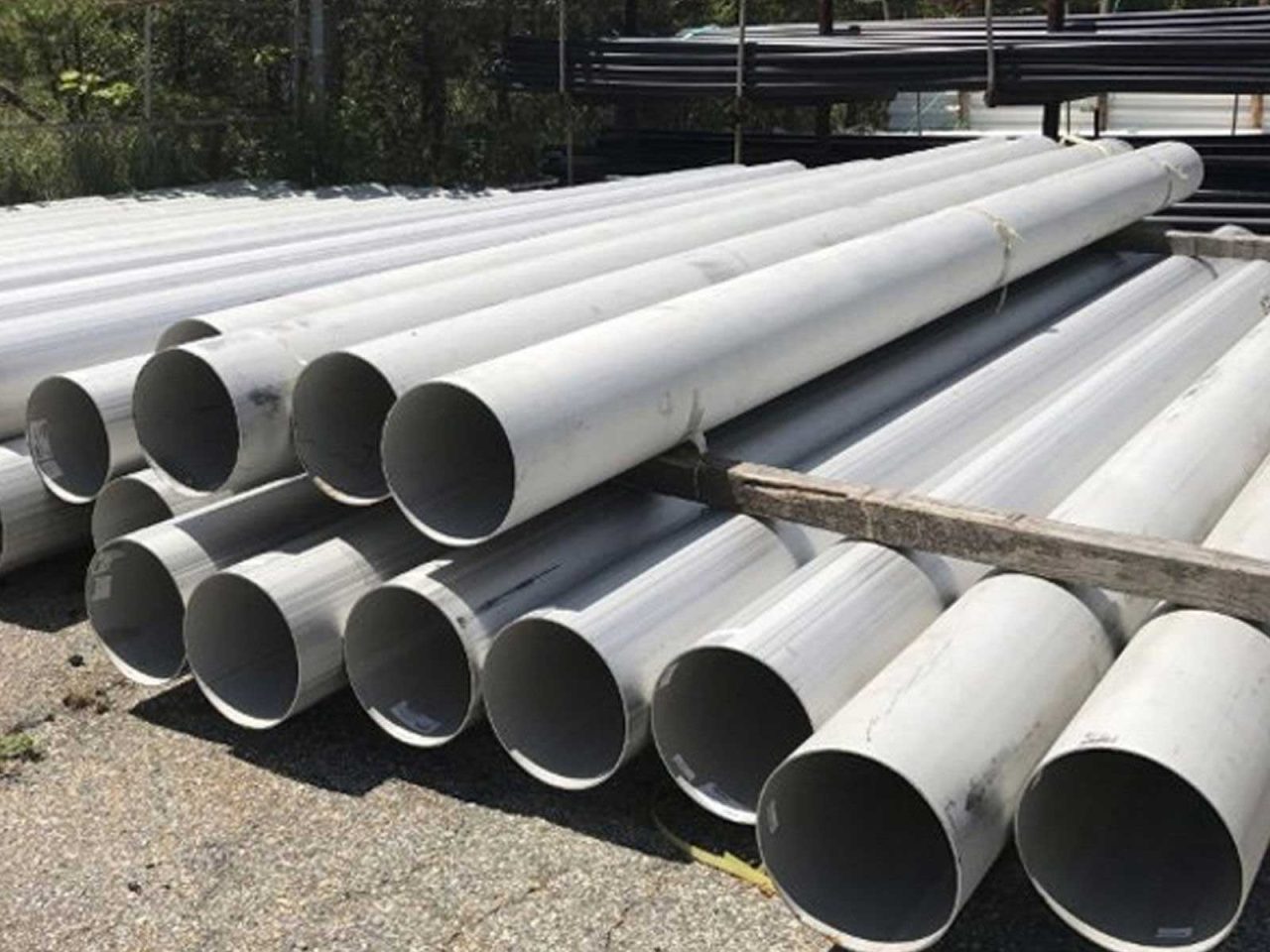
Understanding the Difference Between UNS S32750 and S32760 Stainless Steel Pipe
Stainless steel is a versatile material widely used in various industries due to its excellent corrosion resistance, high strength, and durability. Two popular grades of stainless steel that are commonly compared are UNS S32750 and S32760. In this article, we will explore the key differences between UNS S32750 and S32760 stainless steel pipes, including their chemical composition, mechanical properties, and applications.
Chemical Composition
UNS S32750 and S32760 are both super duplex stainless steel grades, which means they have a higher level of corrosion resistance compared to standard duplex stainless steels. However, there are slight differences in their chemical compositions.
UNS S32750, also known as 2507, contains approximately 25% chromium, 7% nickel, 3.5% molybdenum, and 0.25% nitrogen. It also has small amounts of copper, tungsten, and nitrogen, which contribute to its enhanced corrosion resistance and mechanical properties.
On the other hand, UNS S32760, also known as Zeron 100, has a higher chromium content of around 25-26%, along with 7-8% nickel, 3-4% molybdenum, and 0.2-0.3% nitrogen. It also contains small amounts of copper and tungsten.
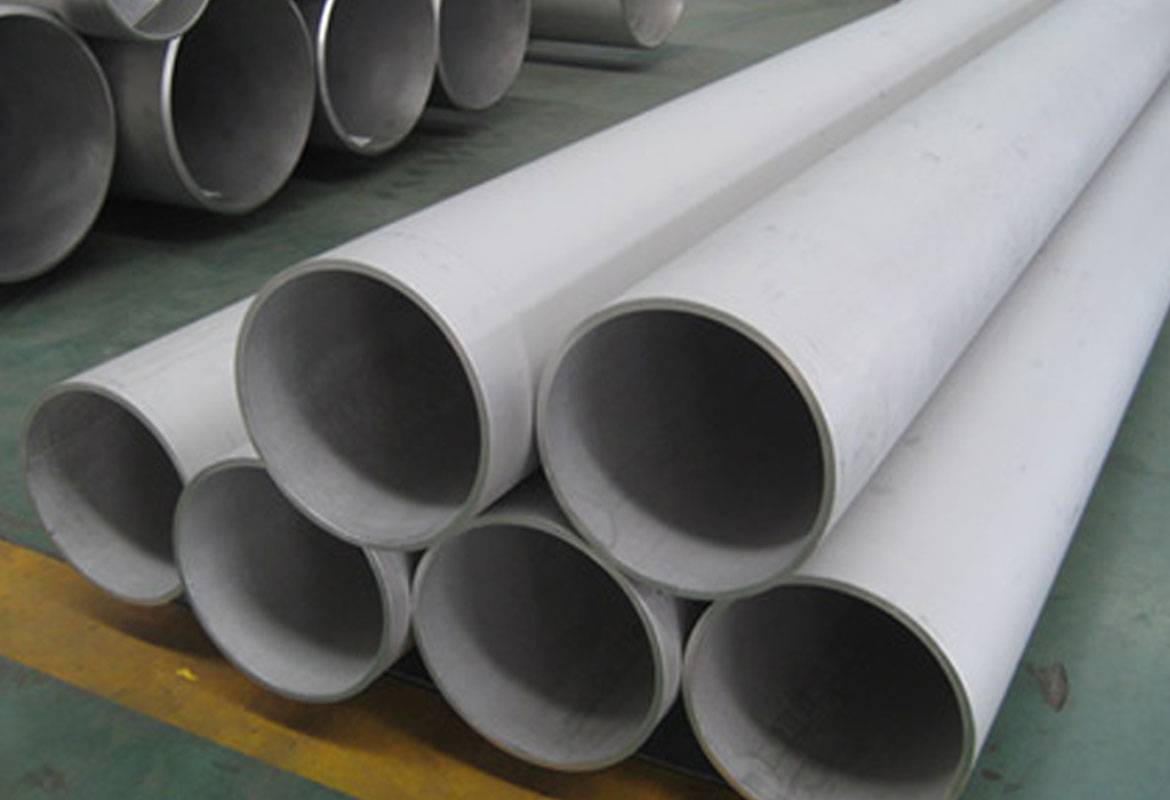
Mechanical Properties
When it comes to mechanical properties, UNS S32750 and S32760 exhibit similar characteristics. Both grades have excellent strength, toughness, and resistance to stress corrosion cracking. However, UNS S32760 generally has slightly higher mechanical properties due to its higher chromium content.
The minimum tensile strength of UNS S32750 is typically around 795 MPa (115 ksi), while UNS S32760 has a minimum tensile strength of approximately 830 MPa (120 ksi). The yield strength of UNS S32750 is around 550 MPa (80 ksi), while UNS S32760 has a yield strength of approximately 600 MPa (87 ksi).
Corrosion Resistance
One of the main advantages of both UNS S32750 and S32760 stainless steel pipes is their exceptional corrosion resistance. They are highly resistant to pitting, crevice corrosion, and general corrosion in various environments, including seawater, chloride-containing solutions, and acidic conditions.
UNS S32750 offers excellent resistance to chloride-induced stress corrosion cracking (SCC) and has a higher PREN (Pitting Resistance Equivalent Number) value compared to UNS S32760. However, UNS S32760 provides superior resistance to sulfuric acid and other aggressive media, making it suitable for applications in harsher environments.
Applications
UNS S32750 and S32760 stainless steel pipes are widely used in industries such as oil and gas, chemical processing, marine, and offshore applications. They are commonly used in:
- Oil and gas production and exploration equipment
- Heat exchangers and pressure vessels
- Desalination plants
- Chemical processing equipment
- Pulp and paper industry
- Marine and offshore structures
Conclusion
In summary, UNS S32750 and S32760 stainless steel pipes are both excellent choices for applications that require high corrosion resistance and strength. While they have similar mechanical properties and corrosion resistance, UNS S32760 offers slightly higher strength and better resistance to certain aggressive media.
When selecting between UNS S32750 and S32760 stainless steel pipes, it is crucial to consider the specific requirements of your application and consult with industry experts. They can provide guidance on the most suitable grade based on factors such as corrosion environment, temperature, pressure, and mechanical properties.
Always ensure that the stainless steel pipes you choose are sourced from reputable suppliers to guarantee the highest quality and performance. By understanding the differences between UNS S32750 and S32760 stainless steel pipes, you can make an informed decision and ensure the success of your projects.
Disclaimer: The information provided in this article is for informational purposes only and should not be considered as professional advice. Always consult with industry experts and adhere to relevant regulations and standards.
UNS S32750 Stainless Steel Pipe: Chemical Composition and Material Properties
UNS S32750, also known as 2507, is a super duplex stainless steel grade that offers excellent corrosion resistance, high strength, and durability. In this section, we will delve into the chemical composition and material properties of UNS S32750 stainless steel pipe.
Chemical Composition of UNS S32750 Stainless Steel Pipe
The chemical composition of UNS S32750 stainless steel pipe is as follows:
- Chromium, Cr: 24 – 26%
- Nickel, Ni: 6 – 8%
- Molybdenum, Mo: 3 – 5%
- Manganese, Mn: 1.20 max
- Silicon, Si: 0.80 max
- Copper, Cu: 0.50 max
- Nitrogen, N: 0.24 – 0.32%
- Phosphorous, P: 0.035 max
- Carbon, C: 0.030 max
- Sulfur, S: 0.020 max
- Iron, Fe: Balance
These elements contribute to the unique properties of UNS S32750 stainless steel, including its exceptional corrosion resistance and mechanical strength.
Material Properties of UNS S32750 Stainless Steel Pipe
UNS S32750 stainless steel pipe exhibits impressive material properties that make it suitable for a wide range of applications. Here are the key material properties of UNS S32750:
- Yield Strength (Rp0.2): ≥ 550 MPa
- Tensile Strength (Rm): ≥ 750 MPa
- Elongation: ≥ 25%
- Hardness (HB): ≤ 310
- Impact, Charpy-V, -46ºC: ≥ 45 J
These material properties ensure that UNS S32750 stainless steel pipe can withstand high levels of stress and pressure, making it ideal for demanding environments.
Applications of UNS S32750 Stainless Steel Pipe
Due to its excellent corrosion resistance and mechanical properties, UNS S32750 stainless steel pipe finds applications in various industries. Some common applications include:
- Oil and gas production and exploration equipment
- Heat exchangers and pressure vessels
- Desalination plants
- Chemical processing equipment
- Pulp and paper industry
- Marine and offshore structures
The versatility and reliability of UNS S32750 stainless steel pipe make it a preferred choice for critical applications in harsh environments.
Conclusion
When selecting UNS S32750 stainless steel pipe for your specific application, it is crucial to consider factors such as corrosion environment, temperature, pressure, and mechanical requirements. Consulting with industry experts and reputable suppliers will ensure that you choose the right material for your project.
Disclaimer: The information provided in this article is for informational purposes only and should not be considered as professional advice. Always consult with industry experts and adhere to relevant regulations and standards.

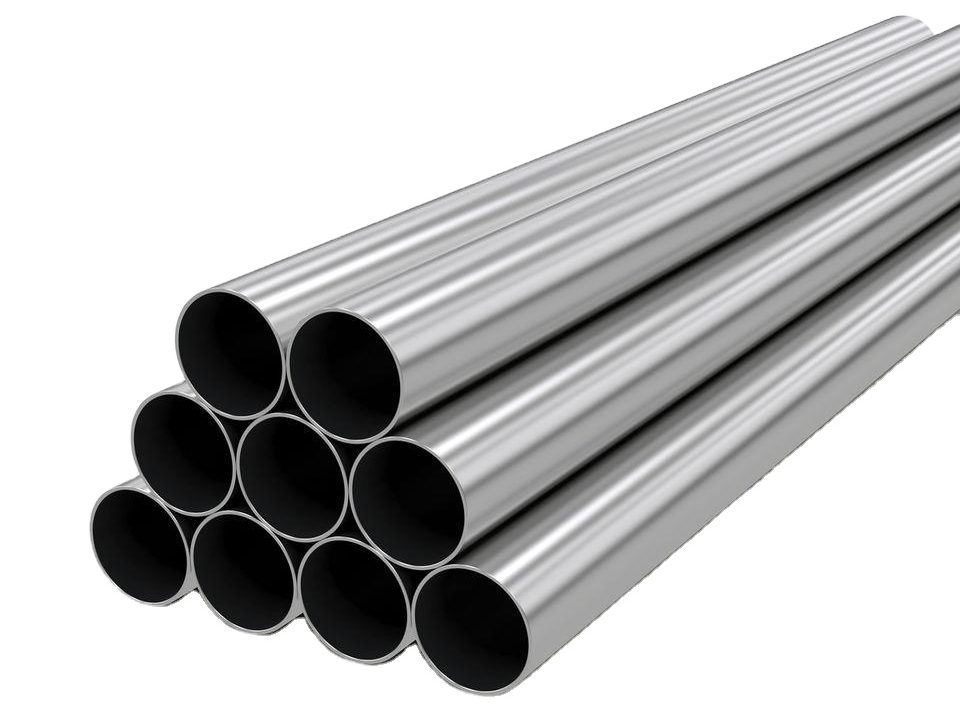
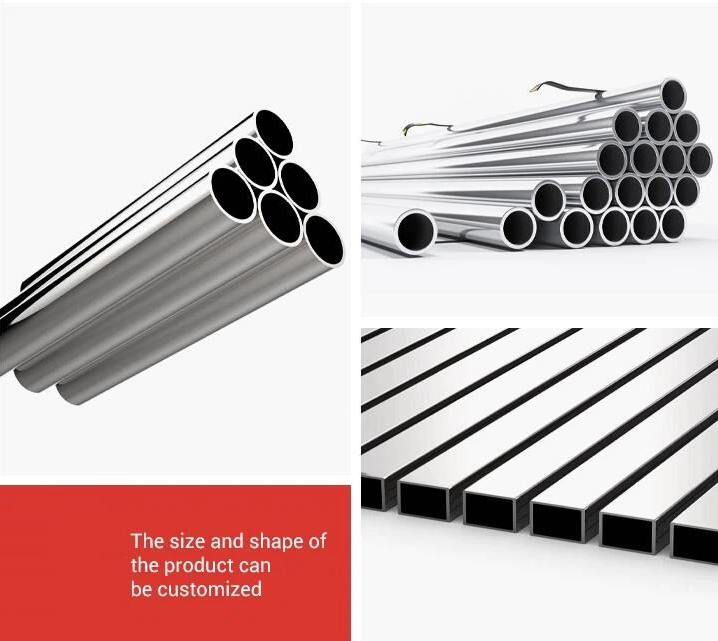
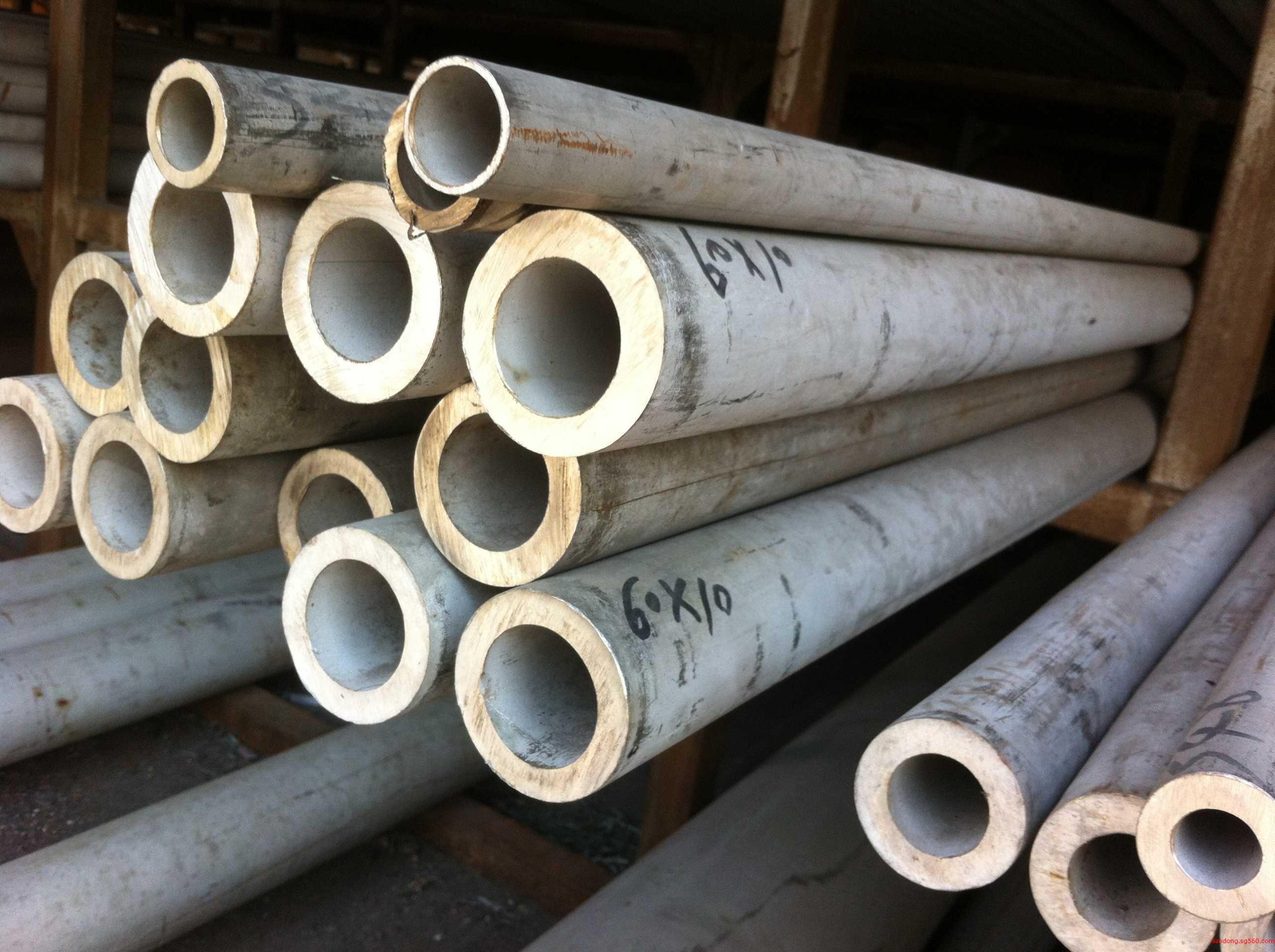
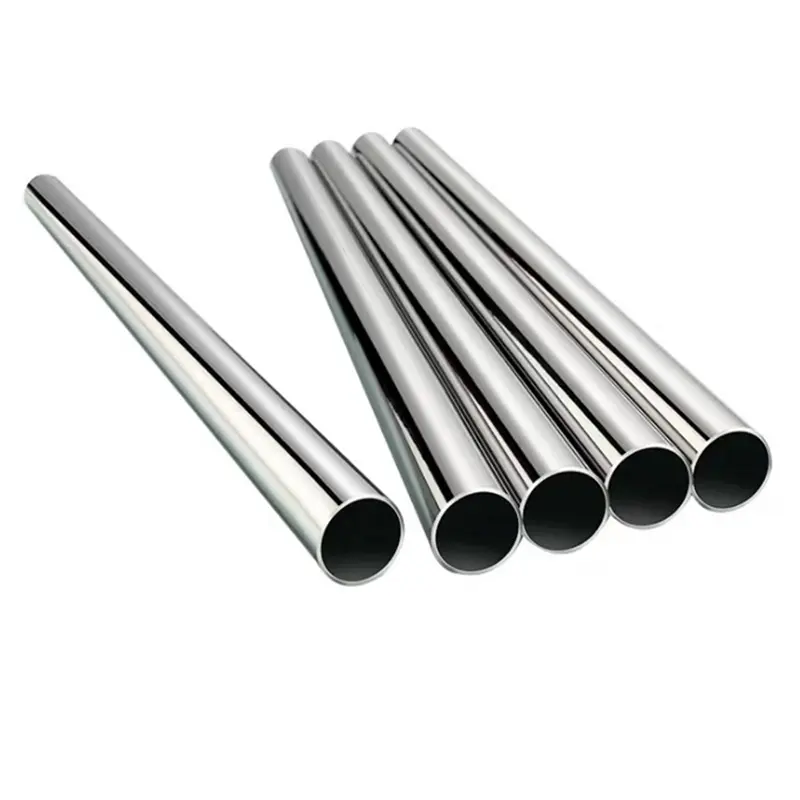
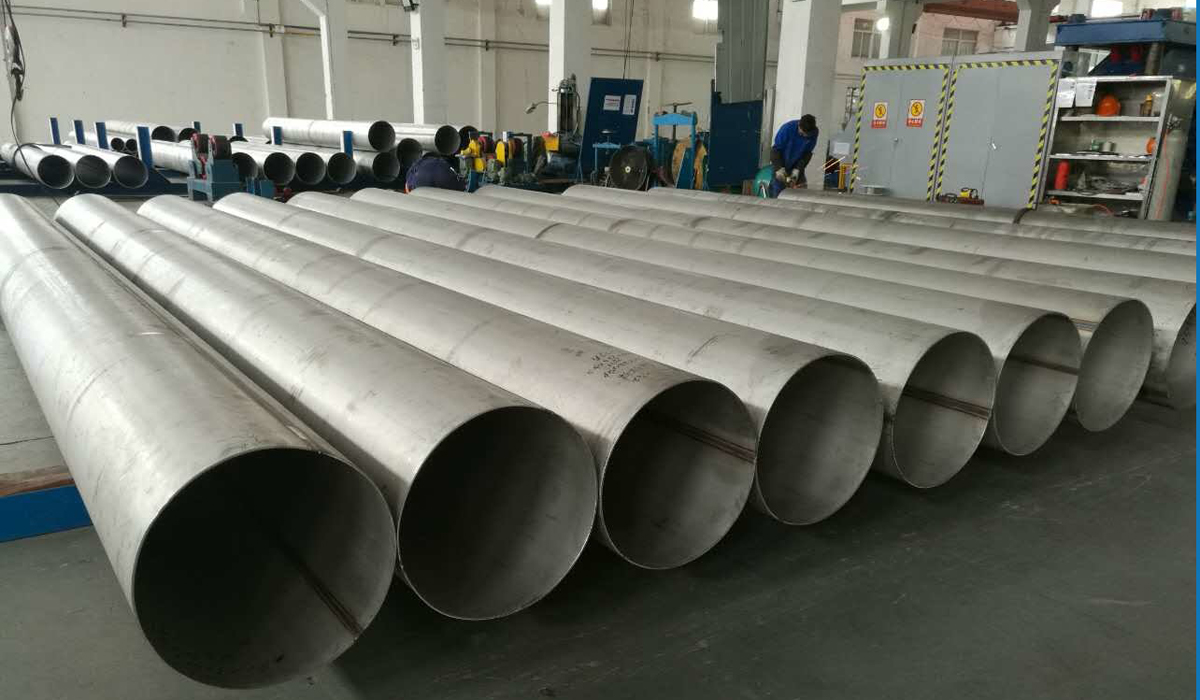


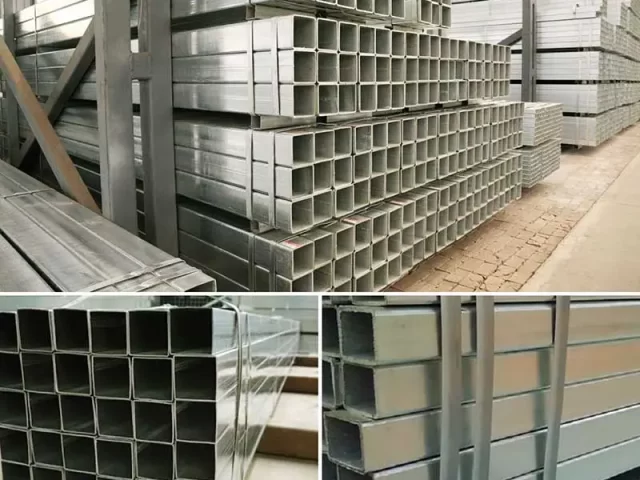
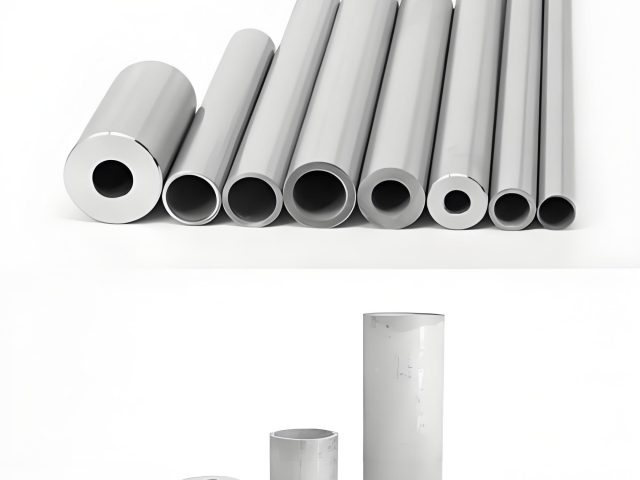
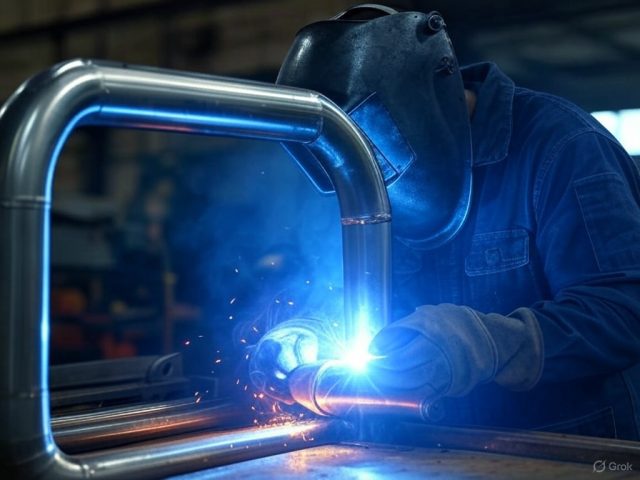
2 comments
PillsJa
2024年5月17日 at am7:51
What is the difference between S32750 and S32760?
Ronsun2023
2024年5月19日 at am11:48
Composition. S32750 has a composition of approximately 25% chromium, 7% nickel and 4% molybdenum. S32760 has a very similar composition to S32750, but with additions of tungsten and copper.